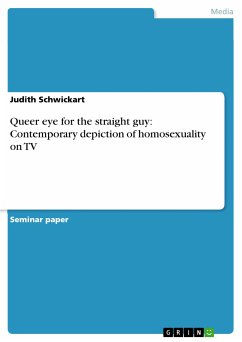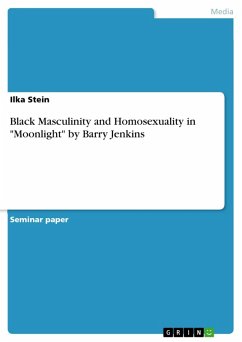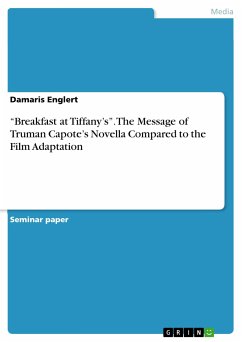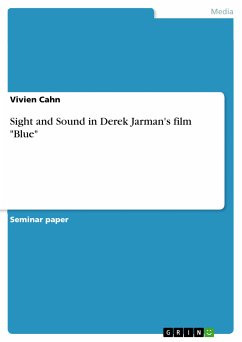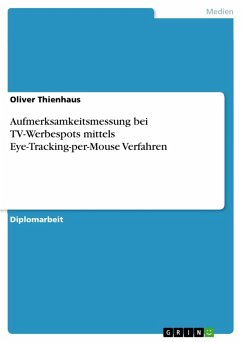Seminar paper from the year 2005 in the subject Communications - Movies and Television, grade: 1,0, University of St. Thomas, course: Communication Studies 340, language: English, abstract: Queer Eye for the Straight Guy (hereafter Queer Eye) is a television series which was first aired in July 2003 on Bravo Cable Network. Basically, the main content of each episode is that five gay men, each of them an expert in their field, make over a person, most often a straight man, for a special occasion, such as a proposal to a girlfriend or even a wedding. The series was an instant, and somewhat unexpected, success. It is especially remarkable for the way homosexual and heterosexual men are presented. My paper raises, and partially answers, questions such as: What is so different here about the way sexual orientation is presented? Through which symbols is homosexuality conveyed? and, What might be the effect of these representations on the audience? I argue that even though the symbols and stereotypes have not changed, their implications on Queer Eye make them a more positive representation of homosexuality than ever before seen on television. In order to understand why Queer Eye is revolutionary, I will first give a short overview about the presentation of homosexuality on television in the past five decades. After that I depict the symbols, and particularly visual and aural symbols, through which homosexuality is conveyed in the show by giving specific examples from single episodes. Then I describe the stereotypes which are presented on Queer Eye, followed by the influence of these representations of homosexuality on the audience.
Dieser Download kann aus rechtlichen Gründen nur mit Rechnungsadresse in A, B, BG, CY, CZ, D, DK, EW, E, FIN, F, GR, HR, H, IRL, I, LT, L, LR, M, NL, PL, P, R, S, SLO, SK ausgeliefert werden.

